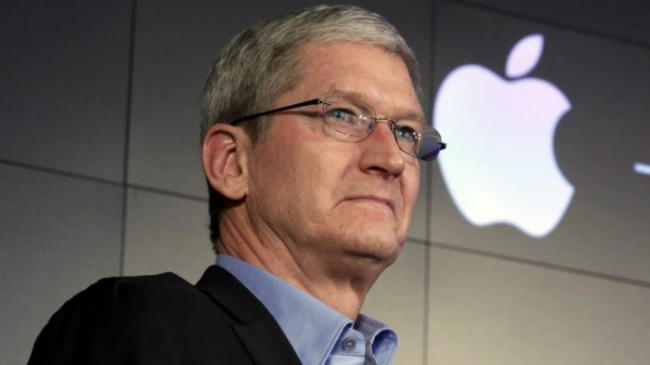- Apple said Thursday that it will no longer disclose unit sales for iPhone, iPad and Mac.
- The move comes as iPhone sales have peaked, with relatively flat sales year over year.
- However, Apple’s iPhone business is more profitable than ever, thanks to increased prices on the latest models. Apple says unit sales are no longer an accurate measure of how well the business is doing.
The iPhone has reached its peak, and now Apple is rethinking how it measures its success and profitability.
Apple is still the iPhone company, with the bulk of revenues and profits coming from its most popular product, but the iPhone company of 2018 and 2019 is nothing like it was during the hyper-growth stage that kicked off nearly a decade ago.
Let’s call it the New Apple.
Here’s what it looks like.
Sales of iPhones have been relatively flat for the last several quarters. On Thursday, Apple said it sold 46.89 million iPhones last quarter, up just 0.4 percent from the year-ago quarter. Then Apple hit investors with a big surprise — the company said it would stop reporting iPhone sales moving forward. The announcement rattled investors, and the company’s shares were down about 7 percent for much of Thursday evening. Apple even briefly dipped below its historic $1 trillion market cap.
Analysts sounded the alarm. Bank of America Merrill Lynch downgraded the stock Friday morning. Jefferies analyst Timothy O’Shea said Apple “has something to hide” from investors by no longer disclosing iPhone sales.
But there’s another side to the story. The iPhone business is more profitable than ever, thanks to more expensive models like the new iPhone XS, which starts at $999. The average selling price (ASP) of the iPhone increased 28 percent from the year-ago quarter, a sign that customers are willing to pay hundreds more for an iPhone than they did just a couple of years ago. The iPhone has never been more profitable for Apple.
During Apple’s earnings call Thursday, CFO Luca Maestri said iPhone unit sales figures are no longer the best way to explain how well the business is doing.
Maestri said iPhone sales are “not necessarily representative of the underlying strength of our business.” He later added that “a unit sale is less relevant for us today than it was in the past, given our breadth of our portfolio and the wider sales price dispersion within any given product line.”
Translation: Apple’s iPhone lineup covers a wide range of pricing options, from $449 for the lowest-priced version of 2016′s iPhone 7 all the way up to $1,449 for the highest-priced iPhone XS Max. That broad price range means individual unit sales no longer give a full picture of the strength of the iPhone business. The fact that Apple reported flat iPhone sales along with a significant jump in profitability is proof of that.
This doesn’t mean everything is rosy for Apple. The company also reported light guidance of $89 billion to $93 billion for the holiday quarter, slightly below Wall Street expectations of $93.02 billion. CEO Tim Cook told CNBC’s Josh Lipton on Thursday that the timing of new product launches and foreign exchange rates all factored into guidance.
Beyond hardware, Apple will start telling a deeper story around its services business, which generated $9.98 billion during the quarter, up 27 percent from a year ago.
Services includes items like Apple Music subscriptions, App Store sales and iCloud storage subscriptions. It also includes the fees that Google pays Apple to remain the default search engine on the iPhone, which analysts at Bernstein estimate is around $3 billion per year. Apple said it will start reporting margins for its services business, providing more detail on how well it’s performing.
“With increasing disclosure coming for services (gross margin), we believe Apple is simply trying to change the focus towards the overall installed base and services revenue per user,” Piper Jaffray said in a research note Friday.
Cook said on Thursday’s earnings call that Apple’s installed base is seeing double-digit growth across all devices. That suggests that a meaningful number of first-time iPhone users, including switchers from Android, are buying used devices. Those users don’t show up in new iPhone unit sales, but each new user is an opportunity to capture new services revenue. In other words, services grows with the installed base, not just with sales of brand-new phones.
That’s going to be the big story out of New Apple going into next year. The New Apple is no longer just about growing the iPhone user base, but proving that the company can generate more revenue out of each iPhone, iPad and Mac user through subscriptions, digital services and higher prices on hardware.














